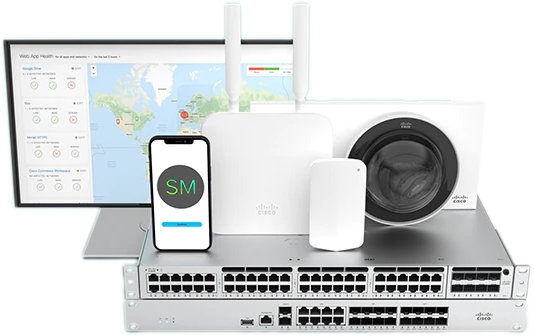 In every generation, there is a pandemic that will always hit and change how society works. In 2020, it was the coronavirus pandemic. The virus has completely transformed how people live, work, school, shops, travel, do business, and so much more.
In every generation, there is a pandemic that will always hit and change how society works. In 2020, it was the coronavirus pandemic. The virus has completely transformed how people live, work, school, shops, travel, do business, and so much more.
One of the prime changes that have happened is the shift to remote work. Unlike before the pandemic where people worked from traditional offices, people are now working from home. The concept is not new, but COVID-19 accelerated its adoption.
As a result, there has been an increased demand for cloud computing services. In fact, in Q1 2020, when the coronavirus pandemic had just hit, there was a 37% increase in spending on cloud infrastructure services compared to the same time in 2019.
This trend is not about to stop anytime soon. In 2021, there will be an increase in spending on cloud, despite the economic downturn. With that being said, here are the 5 major cloud trends for 2021 to look out for.
1. Edge Will Be the New Cloud
Public cloud will face competition from edge computing in 2021. Unlike the public cloud, whose model is highly centralized, operates on massive data centers, and has stringent control of the architecture, edge computing operates on a distributed computing model that brings the data source close to local edge servers.
Unlike the public cloud, whose model is highly centralized, operates on massive data centers, and has stringent control of the architecture, edge computing operates on a distributed computing model that brings the data source close to local edge servers.
The closeness of data to its source has enormous advantages for businesses. For instance, it reduces latency; it is easy to introduce security protocols without shutting the entire system; it is less expensive when you want to scale it; it has better response times; it has increased bandwidth availability and many other benefits.
2. Artificial Intelligence Pairing with Cloud Computing
The term AI can be very intimidating. However, you have already interacted with AI in your everyday life in one way or another. For example, you use mobile banking, you have seen product recommendations when shopping online, ride-sharing apps approximating your distance, and so much more.
In 2021, AI will monitor, manage, and self-heal cloud computing. It will also automate repetitive cloud computing tasks and create better processes that will be mostly independent. Also, considering the large amounts of data that businesses generate every day, it's overwhelming to sort, process, and manage it. AI will come in more in 2021 to streamline data and give accurate real-time data to businesses.
These improvements will have a considerable impact on industries like marketing, supply chain management, and customer service. It will also make it fast to identify fraudulent activity and potential risk.
3. Going Serverless
When you hear going serverless, you may think cloud computing will no longer need servers. It is not the case. Serverless means you don't need to have your server, rather you have a provider who offers you the service. The provider then charges you based on the amount and functions run. It is in contrast with traditional servers that you pay for even if no one is using them.
According to the Flexera 2020 State of the Cloud Report, serverless service was among the top 5 fastest-growing PaaS cloud services for 2020. 2021 will be no different. Clients who do not have consistent traffic or usage of their cloud computing will embrace serverless computing since it is cost-effective, and the code does not have to run round the clock. So, in 2021, the demand for serverless cloud computing will continue to grow.
4. Multi-Cloud and Joint Cloud Provider Offerings
In 2021, you will see providers partner up to offer multi-cloud and joint cloud offerings. Providers have realized they can come together to speed up go-to-market launches and leverage each other's strength to take on Amazon Web Services (AWS).
For example, in June 2019, Microsoft and Oracle linked their clouds that allowed their users to move workloads and data between the two operators seamlessly. This partnership goes beyond direct connectivity and interoperability. The move was a bid to have the two cloud providers, Microsoft Azure and Oracle Cloud, better compete against AWS. In 2021, these types of alliances between cloud providers will become commonplace.
5. Strict Data Privacy Laws
The increased use of cloud during the coronavirus pandemic has brought a sharp focus on data security. In 2021, data governance will be a mainstay topic for organizations, government, and the people. It will also be the end of the wild west of information sharing.
You will see more countries pass legislation on personally identifiable information (PII) to safeguard consumer privacy, following the lead of the European Unions' General Data Protection Regulation (GDPR). Also, developers will incorporate privacy, security, and data governance from the get-go when building systems.
Conclusion
Cloud computing has grown in leaps and bounds since the start of the technology age. In 2021, the industry will continue to evolve and cater more to the WFH workforce. So, be sure to be on the lookout for these cloud trends for 2021, and see how you can leverage on them. 









